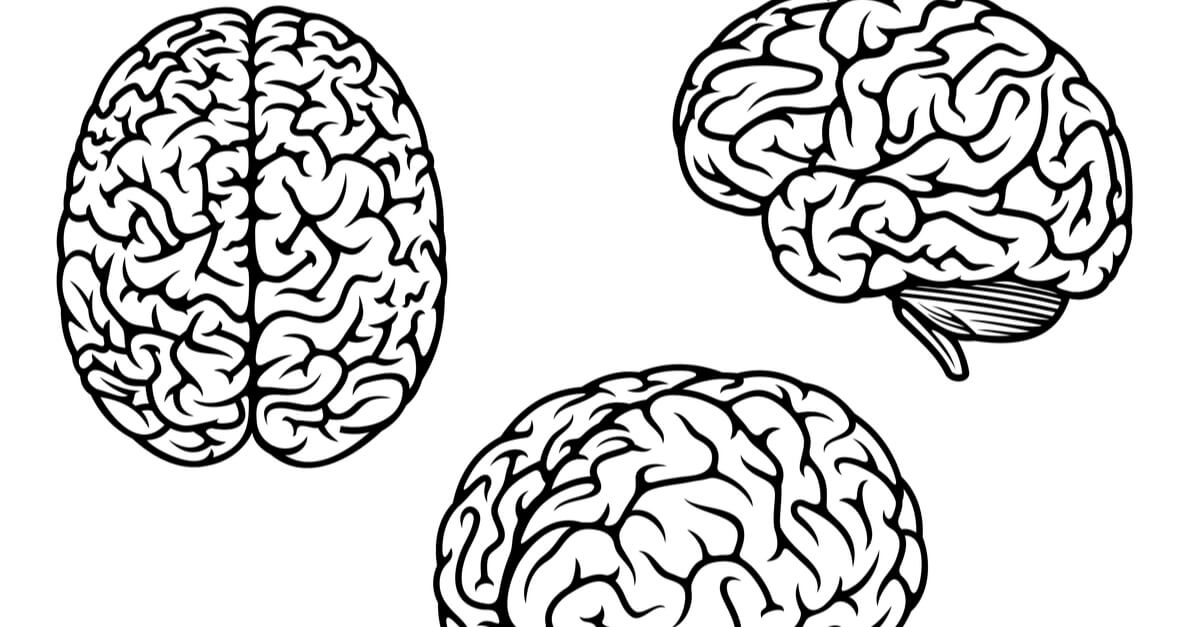Intellectual disability usually affects all areas of cognition, however, we can talk about 4 subtypes of this condition. In this article we will introduce the scale of severity of intellectual disability, which is used in the clinical field and determines different characteristics for each type.
Knowing this, we can better understand how intellectual disability is evaluated and how experts make a diagnosis that places the person in one of the four identified subtypes.
- It is a disorder of neurological development.
- A disorder that begins in childhood.
- Characterized by cognitive decline and difficulty adapting in conceptual.
- Social and practical terms.
For a specialist to make a diagnosis, three of the following characteristics must be present:
Once the difficulties are detected it is time to determine the severity of the disorder, for this we can use the scale of severity of intellectual disability, in which we will take into account not only the level of cognitive ability of the child, but also his ability to adapt.
Knowing that cognitive ability is impaired, the evaluation is complemented by a qualitative analysis of a person’s coping abilities, so the scale can be complemented by three areas related to social adaptation:
In many cases, this type of intellectual disability goes unnoticed, most of these people manage to become independent and are able to adapt to lead a normal life, in this way they can compensate for their lack of cognitive fluidity through manual work, or by dedicating more time, for example.
Often, your difficulties are confused with selflessness, distraction, moodiness, lack of motivation, etc. That may be the problem in some cases, but it’s always worth looking for a specialist to help us know what’s going on in reality.
It is normal that they need more time to learn, their main difficulties are planning, abstract reasoning, determining strategies, priorities, among others, they are able to acquire linguistic and arithmetic skills, for example, but they find it difficult when they need it. increase the complexity of the issue.
Socially, they can communicate with their environment in an acceptable way. However, intellectual disability can be noticed many times. In the case of children, this happens in the moments of play.
In this way, the person with this degree of intellectual disability can develop conceptual, social and practical skills, but at a more basic level of complexity than a person without any disability.
The difference between this case and the previous one is that your prognosis is a little worse. The difficulties of conceptual, social and practical skills are much more evident. Here we will no longer be able to talk about independence and an almost normal life.
Your ability to learn is much more limited. Therefore, the lack of development of conceptual skills makes it very difficult to participate in jobs that involve abstraction, in this way, when you have to work with realities that are not tangible, or even with assumptions, you will feel lost. their performance in a social environment is also limited.
Your practical skills in this diagnosis depend much more on external support, on practical activities, such as personal care, hygiene, domestic activities, etc. , it takes more time to learn how to perform them properly and appropriately.
In this diagnosis it is no longer possible to have meaningful conceptual learning; in fact, the person is not expected to have a complex symbolic understanding, allowing for a more material understanding.
Its main tools for social development are simple phrases, as well as gestures and expressions; its social circle is usually reduced to the more familiar nucleus; the person becomes dependent on his practical activities, albeit to a lesser extent than what happens in the event of a deep intellectual disability. It’s a matter of degree.
Here we are talking about a completely dependent person. Their conceptual understanding is limited only to material and objective communication, and even this leads to difficulties.
Therefore, much of their socialization is only possible through mimicry, especially when they want something or reject something they see; most are able to follow simple instructions or procedures that are already highly automated.
Now that you know the four types of intellectual disability, you are able to observe and identify the signs of the disease, so if you detect any of these profiles, it is best to consult a specialist for an accurate diagnosis.
Always remember the above information to stay calm in the face of any suspicion. Stress and anxiety, for example, can also affect anyone’s cognitive functions, especially when it comes to children. Behind low academic performance or social disinterest, there is not always a disorder. .

